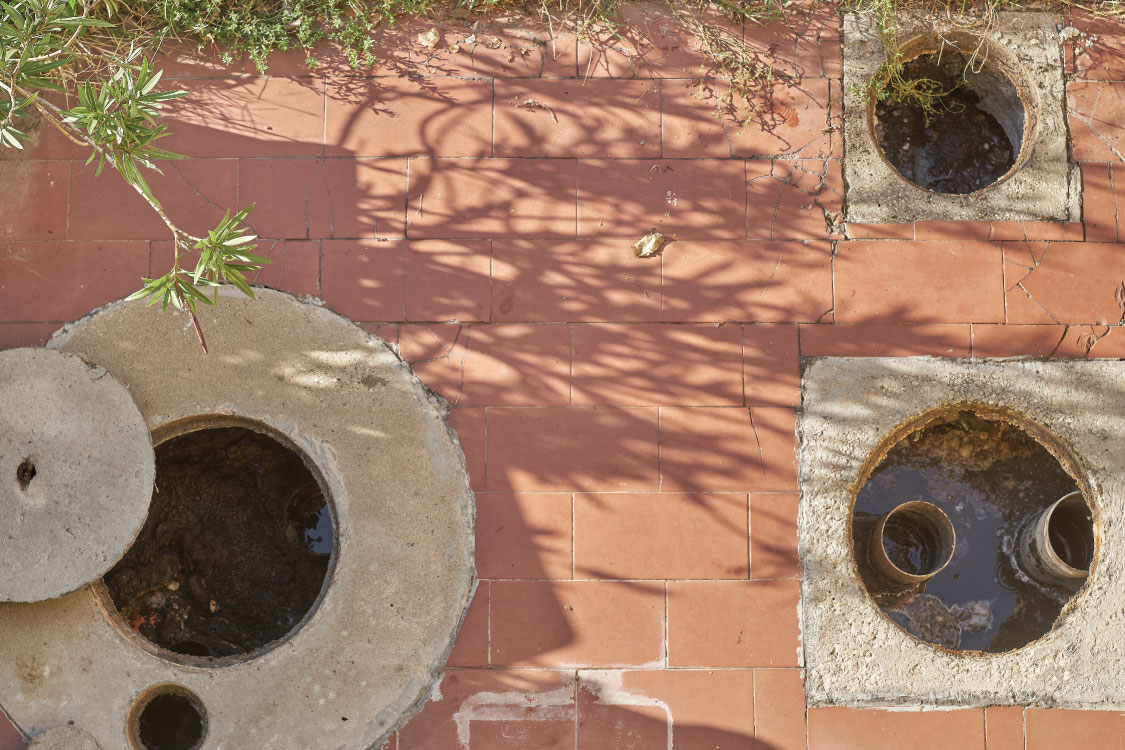What Is a Cesspit & How Does It Work
Most houses today empty sewage and wastewater straight into the sewers. From there it is transported underground to a treatment plant, where it is usually either recycled into fertiliser, used to generate energy or disposed of safely into our rivers.
However, there are some old and isolated properties that don’t feed into the main sewers, and therefore need their own means of collecting waste, to prevent it polluting our environment. This will usually be in the form of some kind of underground tank, namely a cesspit or a septic tank.

What’s the Difference between a Cesspit and a Septic Tank?
Perhaps the first thing to do here is to explain the difference between a cesspit and a septic tank, which do similar jobs in that they sit underground and collect raw sewage and wastewater.
A septic tank has an inlet through which the waste passes into two or three chambers where the waste separates into solids and liquids. The solids settle and decompose, while liquid passes through an outlet and into the environment (as long as it is far enough from a watercourse to be safe). A septic tank is likely to need an annual pump to clean it out and keep it working effectively.
A cesspit (or cesspool), meanwhile, only has an inlet, so that it is effectively simply a large holding tank that holds the waste without treating or processing it in any way. Once full, the contents need to be collected and taken away by a licensed waste disposal company.
The Pros and Cons of Cesspits
The pros and cons of cesspits are very unbalanced, as it is, unfortunately, almost entirely cons. The one advantage a cesspit has over a septic tank is that, because it’s sealed, you shouldn’t have to worry about any discharge or its effect on the local environment – as long as it isn’t damaged, and as long as you empty it regularly and in good time. All you have to worry about is getting it emptied.
How often that will be will depend on the size of the tank, the size of the property, how many people live there and so on. The minimum size for a cesspit is 18,000 litres, while the average person produces about 150 litres of waste per day. With a household of four, that means your tank will (literally) be full after 30 days. Many tanks are bigger, but then so are many households, so either way, getting it emptied is going to be a regular requirement.
Needless to say, you need to be very aware of when it needs emptying, as the results of a cesspit overflow are inevitably going to be extremely unpleasant, not to mention the fact that the Environment Agency is likely to prosecute you for any illegal discharge.
AA Turner Tankers Ltd are experts in the safe collection and disposal of waste and specialise in cesspit emptying, septic tank emptying and liquid waste management. We are more than willing and able to provide professional advice and an emergency response when required. Contact us today for more information.
